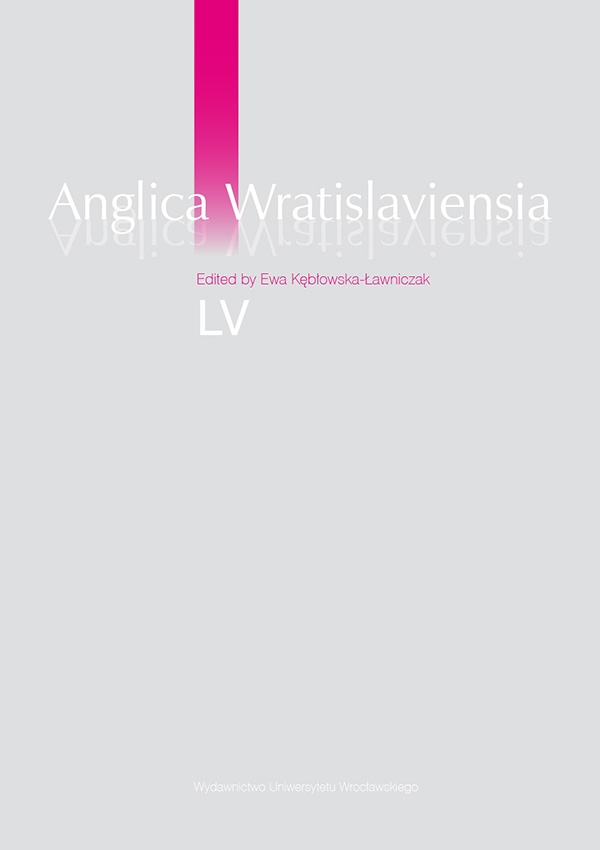

Applied Linguistics

Most modern ELT course books and language courses are designed to address one of four language skills at the time to ensure that enough time and attention is devoted to each one of them. Despite the fact that listening is included as one of these skills, it usually receives the least attention from teachers, who do not utilize the full potential of the exercises. The problem arises from miscategorising listening as a “passive” skill, which can be learnt effortlessly by simple exposure to the target language. In reality, listening can be taught but it is a rather demanding process, requiring more preparation from teachers as well as their willingness to demonstrate and share their extensive knowledge about sounds, decoding strategies and different listening techniques, which in turn aids students in identifying targets for practice. The aforementioned issue, i.e. treating listening as a passive skill and not using all possible teaching strategies associated with listening exercises, applies to all groups of students; however, older adult learners seem to be the most affected by it. The reason why older adults consider listening as one of the most challenging tasks stems from their reduced cognitive abilities and common hearing problems, which results in decreased speech comprehension ability and thus makes learning new languages even more challenging to them. The primary objective of the following article is thus to analyse student feedback in relation to listening exercises and to suggest possible improvements to teaching listening skills. Acquired results and conclusions shall serve as a basis for a possible expansion of the survey by adding teachers’ perspective and observations in the future.